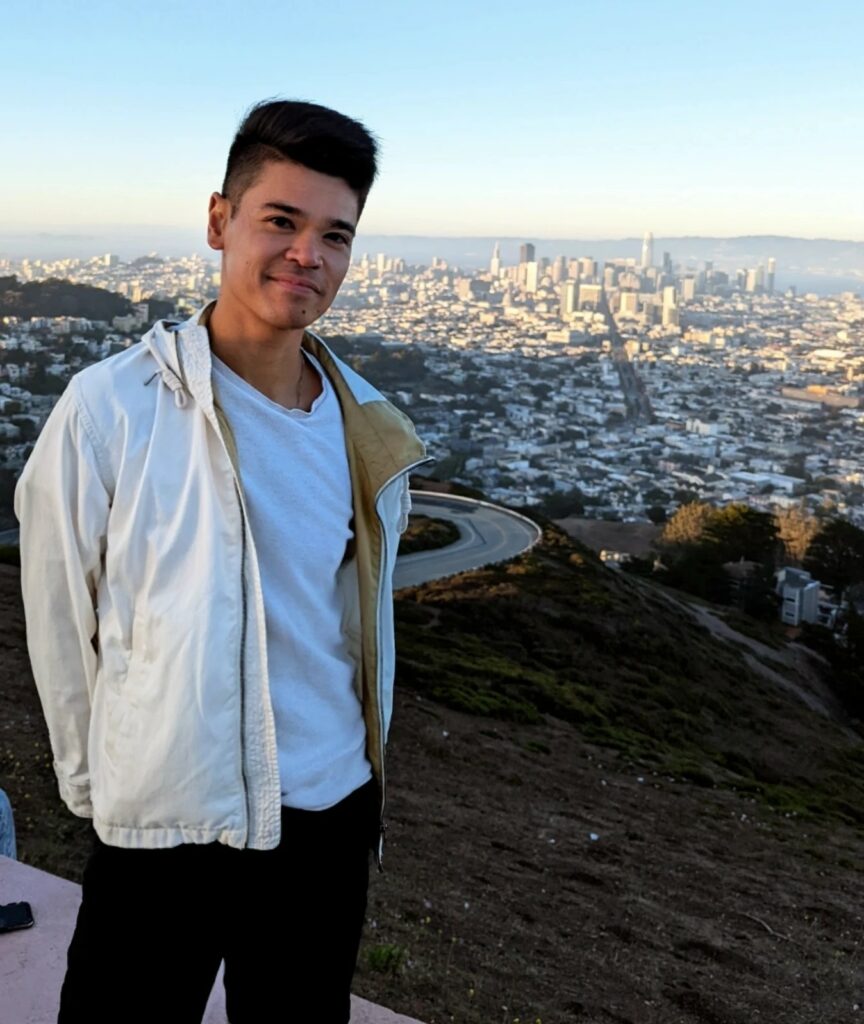
“It was written in my contract,” Professor Bill Limpisathian told me when I asked him how his freshmen seminar, Mapping Our Changing World, came about. When Dr. Limpisathian, or “Professor Bill,” as his students call him, was hired, he agreed to develop and teach a cartography “FIG,” or First-Year Interest Group course. FIGs are a cross-campus initiative that involve three classes connected by similar themes that a cohort of freshmen take together, including a small, discussion-based seminar that anchors each FIG. FIGs serve vital roles for first-year students, including helping them feel part of a community as they adjust to college. They benefit participating departments, too, as they expose students early to their respective fields. This is critical for Geography, a major not on the radar of many freshmen, owing partly to the short shrift it is given in K-12 schools. This helps explain why Professor Bill’s colleagues were keen to include the FIG in his contract – it could potentially attract more students early to Geography. This fall marks the second time Professor Bill is teaching the FIG. To learn more about it, I interviewed him, two past students, Divya Krishnan and Anya Shaw, and two current students, Molly Anderson and Iris Henander-Harris, and attended one class.
Mapping Our Changing World does not teach students how to make maps. Instead, it teaches students to think critically about them and the processes involved in their creation. “It’s a critical cartography course disguised as a basic survey course,” Professor Bill remarked. In other words, the course emphasizes how maps are profoundly social objects shaped by history, culture, and politics. The FIG also teaches students to consider the role of maps in society by illustrating the tangible effects they have in the world, some nefarious, such as facilitating empire and racist housing policies. Thus, students become more critical consumers of maps and, if/when they go on to make maps, better cartographers who keep equity and justice in mind and not just the best design principles. Molly echoed these goals when she told me the class seeks to “broaden the scope of what a map is and what maps do.” Anya added she always approaches maps now with a critical eye, something she never did before taking the class.

Showcasing careers in cartography is another pillar of the FIG, which helps students see what is possible after graduation with a cartographer’s toolkit. Professor Bill does this by inviting guests – friends and colleagues of his – who work in the field to talk about their careers. Guests this semester work in a wide array of fields spanning the public and private sectors. When I visited the class in November, for instance, guest Alex Fries gave a lecture on his job making maps for the U.S. National Park Service. He also discussed how he became a cartographer, gave students advice on how to make themselves more competitive for the cartography job market, and highlighted relevant student internships with his employer. A guest last fall, Stephen Kennedy, creator of LatLong.Shop, which makes Madison-themed maps and art, shared with students a summer internship with his firm, which Anya landed, giving her valuable professional experience. For Divya and Iris, this part of the course revealed that cartography is a viable post-graduation path with many interesting options, and both opted to major in Cartography and GIS. The guest speakers “helped me find my major,” said Divya.
In fact, six of the 16 students from last fall’s class are now Cartography and GIS majors, a clear sign of the FIG’s effectiveness in attracting majors early. This semester, three of 15 students have already declared, and I expect there will be more. What is all the more extraordinary is many of Professor Bill’s students entered UW not thinking they would study Geography, let alone Cartography and GIS. In fact, some students did not even know what cartography was before enrolling in the class. For example, Iris, who had plans to major in a different field, said she enrolled in the FIG on a whim. Divya, who also planned to major in something different, said she enrolled in the FIG partly because it looked “cool.” The course is changing students’ lives along with the larger Geography program as we see increasingly more first-year students join our community.
The course is also achieving a broader goal for FIGs: fostering community among first-year students. Professor Bill’s class helps a vast university like UW feel a bit smaller for his students. Large lectures typified by little to no interaction between instructors and students are too often the norm for freshmen. Professor Bill’s seminar cuts against this, providing a small classroom environment that facilitates connection. Anya enrolled in the FIG partly because she was seeking a sense of community and a way to meet other students. She found it met her expectations: “All of my close friends are from the FIG,” she exclaimed. Divya, Iris, and Molly expressed similar sentiments, remarking the class has helped them make friends and cultivated a genuine sense of community. It is no surprise, then, that Anya, when speaking about enrolling in the FIG and all it has done for her, said, “One of the best decisions I’ve made.”



